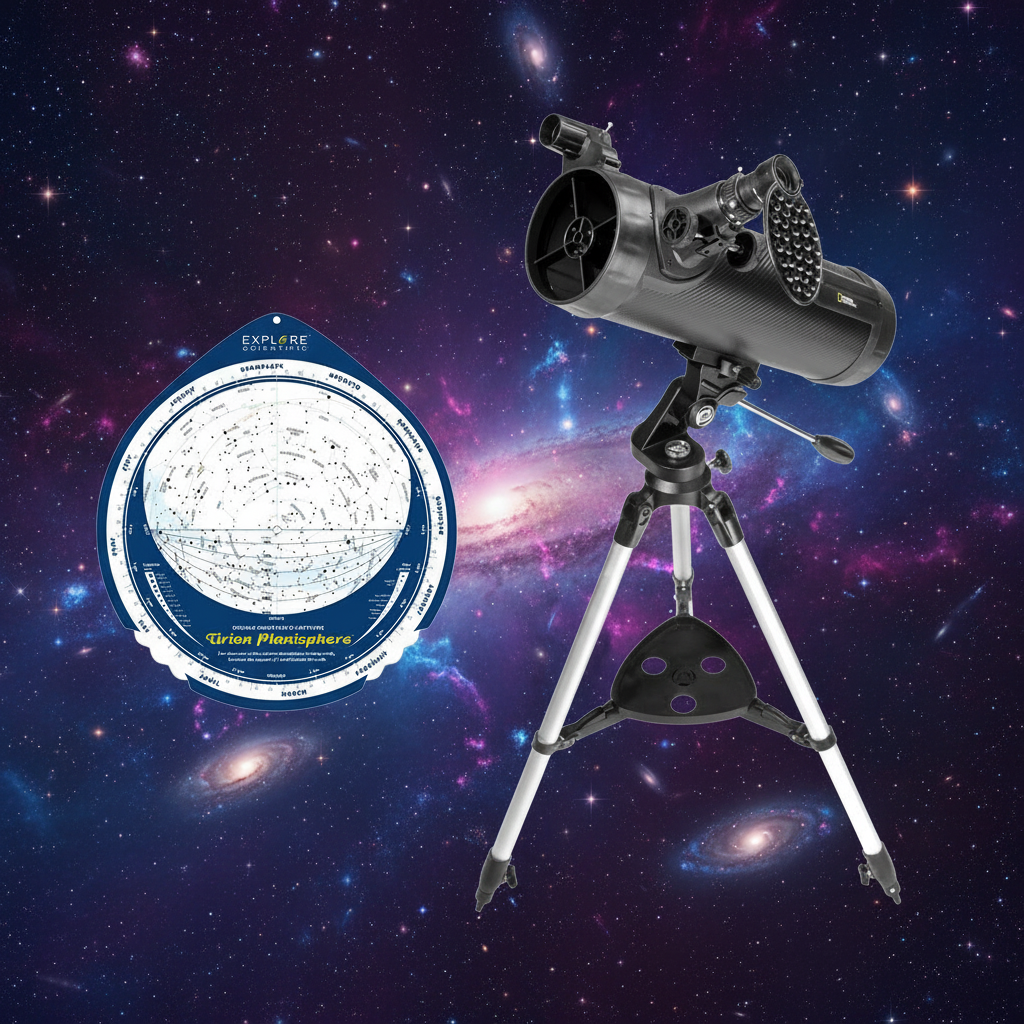At any moment of the day, countless awe-inspiring celestial events are unfolding in the sky. With a universe of options, it can be hard to pin down what to observe, what to look into or what to remember. This column takes a peek at what’s happening in the sky and in the world of astronomy in general to provide a quick list of highlights that can jumpstart your own explorations.
January 18th-25th
What to observe:
Perseus Constellation
Currently standing strong in the northern hemisphere sky, the Perseus constellation is named for the hero in Greek mythology that slew Medusa. Occupying an area of 615 square degrees, the constellation is visible in latitudes ranging from 90° North to 35° South and is famous for being the radiant point for the prolific Perseids meteor shower that peaks each year in mid-August. One of the most notable stars in the constellation is Algol, which is also known as the Demon Star. This famous star, which actually is a three-star system, is the first eclipsing binary star to be discovered. Observations of the stars that make up Algol eventually led to some major shake-ups in stellar evolution theory. Other sights to behold in Perseus are the Alpha Persei Cluster, which contains the constellation’s brightest star - the supergiant Mirfak (aka Alpha Persei); The Double Cluster, which is a pair of open clusters with a combined apparent magnitude of 4.3 that can be seen with the naked eye; and the Little Dumbell Nebula, a planetary nebula that is one of the most difficult objects to observe in the Messier catalogue.
Comet C/2014 Q2 Lovejoy
Although amazing celestial treasures fill our skies every night, it is a particularly special treat to have the chance to observe a bright comet mingling among the masses of stars. Over the next couple of weeks, Comet C/2014 Q2 Lovejoy will be putting on quite a show as it zips through the Taurus, Aries and Triangulum constellations on its journey toward perihelion on January 30th. Currently at 4th magnitude, this brilliant icy beauty can be easily seen with binoculars or small telescopes and may be visible to the naked eye for those with extremely dark skies. Although it made its closest approach to Earth on January 7th, the comet is becoming even easier to see as it moves away partly because the Moon has reached its new phase, which translates to darker viewing conditions. Discovered by established comet hunter Terry Lovejoy on August 17th, 2014, while he was observing in Australia, this comet has a very long orbital period and is not expected back in our celestial neighborhood for another 8,000 years. Although it has been in southern skies for months, the comet is now gracing Northern Hemisphere viewers with its brightest display. It is best viewed in the early evening (around 8 p.m. local time). For detailed information on locating Comet Lovejoy, visit
www.skyandtelescope.com/astronomy-news/observing-news/spot-comet-lovejoy-tonight-122920141/ or www.cometchasing.skyhound.com
What to remember:
January 20 - Buzz Aldrin’s Birthday
On January 20th, Buzz Aldrin, the famed American astronaut who was the second person to step foot on the Moon, will celebrate his 85th birthday. Selected in 1963 by NASA to join its third group of astronauts, Aldrin’s first journey into space occurred on the Gemini 12 mission in November 1966. During this mission, he set a new record for extravehicular activity (EVA) when he spent more than five total hours working outside the spacecraft over the course of three spacewalks. Although this was a heady achievement, his most famous accomplishment occurred during the awe-inspiring Apollo 11 mission. During this mission, Aldrin served as the lunar module pilot for the first manned lunar landing. and became the second person to step foot on the Moon right after his mission partner Neil Armstrong on July 21, 1969. Prior to his career with NASA, Aldrin served in the Air Force as a fighter pilot during the Korean War and earned a doctorate in astronautics from MIT. He remains an active proponent of space exploration with a particular emphasis on a manned mission to Mars.
January 22 – 5th Anniversary of First Live Tweet From Space
“Hello Twitterverse! We r now LIVE tweeting from the International Space Station-the 1st live tweet from Space! :) More soon, send your ?s.” At 0200 GMT on January 22, 2010, NASA astronaut T.J. Creamer brought social media to the final frontier when he tweeted this celebratory message from aboard the International Space Station. Prior to sending the tweet, Creamer had been working to solve connection problems with the station’s onboard network. When he finally got it up and running the others on the ISS were sleeping, so he shared his excitement with the “Twitterverse” instead. Until Creamer’s achievement, tweets from space had actually been emailed to those in ground control, who then posted the messages to Twitter pages on the astronauts’ behalf. The first tweet sent from space this way was by NASA astronaut Mike Massimino on May 12, 2009. His tweet read, “From orbit: Launch was awesome!! I am feeling great, working hard, & enjoying the magnificent views, the adventure of a lifetime has begun!” Although Creamer’s tweets are Earth-bound these days, he continues to post his insights under the username @Astro_TJ. Twitter users might also want to check out @NASA_Astronauts to follow other space explorers.
As an Amazon Associate we earn from qualifying purchases.












Leave a comment
This site is protected by hCaptcha and the hCaptcha Privacy Policy and Terms of Service apply.